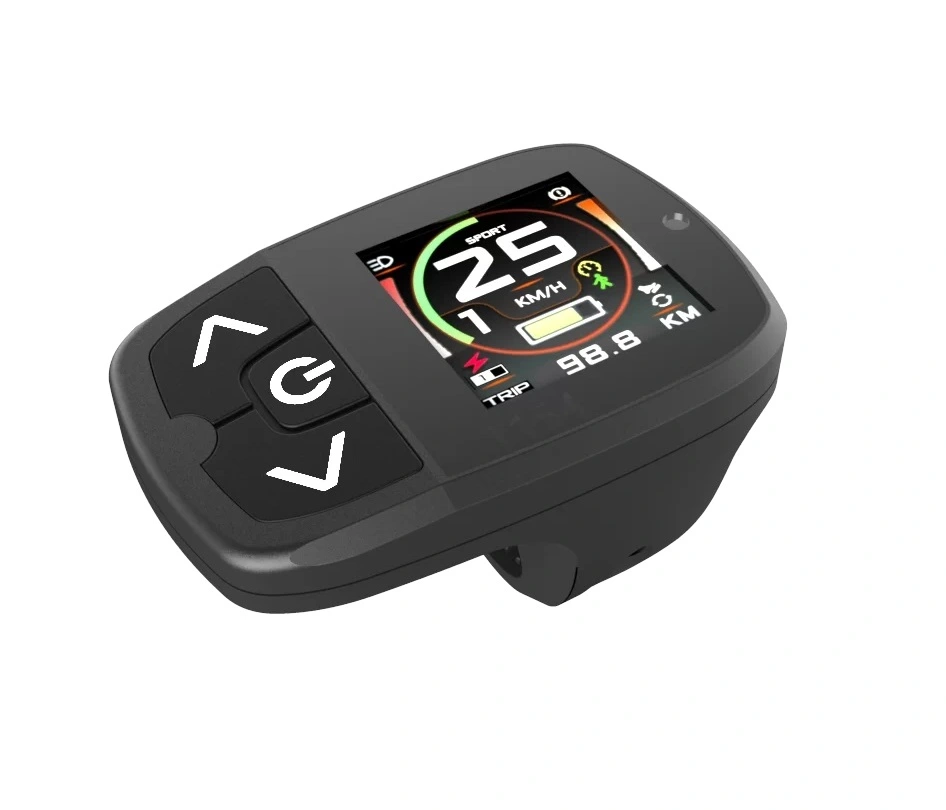Biplaneguy
Active Member
- Region
- USA
I've only put around 50 miles on my new Radster Trail so far, but I'm thinking the chainring is a bit too small. It has a 50t chainring paired with an 11/34 rear cluster, and I find I' rarely using anything other than gear 7 or 8 on the road, 6 or occasionally 5 when offroad. When going over 20mph on the road I'm pedaling way too fast for comfort while not pushing very hard, so a larger chainring would seem to be the answer (and I can just downshift farther when necessary).
But how much larger is reasonable? 52. 54, 56? I haven't looked closely at the available clearance but at a quick glance it looks like there's room. Obviously if I go much larger I'd need to add chain links.
And what brand and where to purchase? I'd need larger chain guards (is that the correct term?) for both sides of the chainring as well.
But how much larger is reasonable? 52. 54, 56? I haven't looked closely at the available clearance but at a quick glance it looks like there's room. Obviously if I go much larger I'd need to add chain links.
And what brand and where to purchase? I'd need larger chain guards (is that the correct term?) for both sides of the chainring as well.

